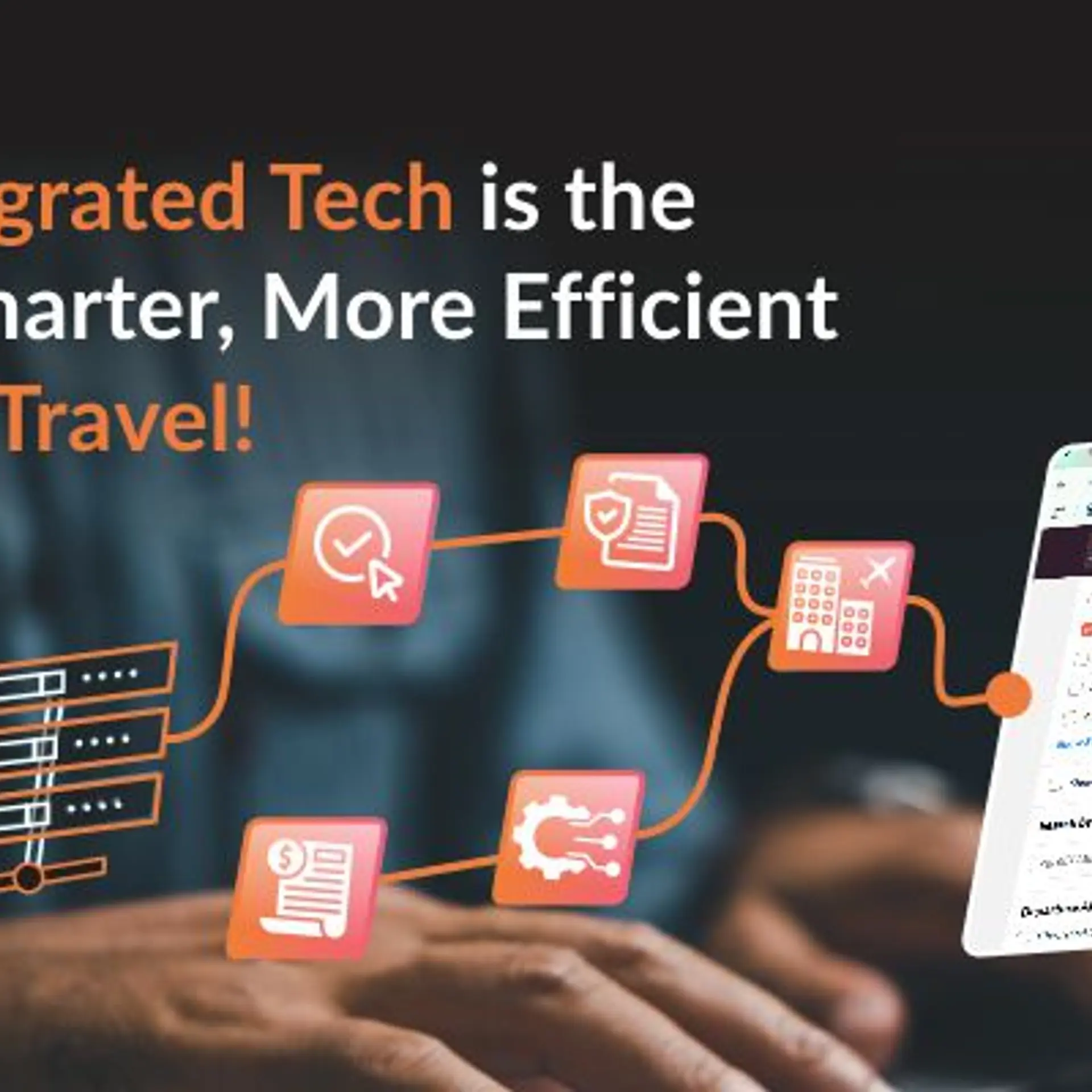Machine Learning – the new catalyst in higher education
Who would have thought that the stories around self-driven cars could actually come true, so much so that machine learning algorithms can enable computers to communicate with humans, drive cars, play games and do things human cannot do. Machine Learning with its mathematical algorithms and scientific innovations have become a huge part of our lives. For example, when Google auto-corrects a misspelled word, it applies probability algorithm, an action performed using Machine Learning, which compares the database of the previous searches done by millions of other users and predicts the word we intend to use.

With the ever-increasing knowledge in science and technology, machine learning is not far behind to be the new switchboard for Higher Education, personalising education at all levels. It reads and identifies the data patterns to inform algorithms that can make data-driven predictions and decisions. The more data we feed in the computers, the smarter the algorithms become, tapping into the diverse areas of statistical pattern recognition.
Today, Machine Learning plays a vital role in the education space, improving formal and informal curriculum in many ways. Educators have witnessed that the integration of Machine Learning has made education and teaching efficient on both ends, synchronising teachers and students allowing customisable learning experience.
Hence, Higher Education institutions should take advantage of the possibilities that Machine Learning brings on the table and succeed at all levels.
Identity and accessibility
Rising concerns for privacy argued that data was key to personalised education and that access should be role-based, requiring policymakers to embrace personalisation and privacy.
Machine Learning helps institutions use analytics to identify a user profile and provide them with the required access they need to login to multiple systems depending upon their roles. In case of any suspicious activity or unauthorised access, it triggers additional factors in the authentication process to make sure that no cyber-breach takes place.
Customize workflow management
It is important for Higher Education institutions to analyse past data in order to improve student success and institution efficiency. Machine Learning studies student patterns to understand the level of risk which helps build predictive models of attrition drivers, to help institutions reduce churn and increase student retention rate. It also helps institutions with learning algorithms which studies the historical data and similar kind of predictions to resolve queries and improve the classification of requests and route issues with greater ease.
Make informed decisions
Analytics help institutions unlock historical data, to assist them answer real tactical questions for making informed decisions. Based on this data, the institutions can determine the risk, outcomes and costs associated with building new processes and making decisions that can drive engagement.
Machine Learning offers the institutions with an intuitive dashboard to track trend analysis, key performance indicators and improve student retention.
Examine student performance
It is the perfect time for institutions to analyse and examine the student performance in order to help improve and provide them with a better studying environment.
Machine learning can predict a student’s future performance based on the calculations on their ongoing academic records. Historical data helps institutions to analyse and monitor student progress. This also gives them a heads up to address any issues and challenges that a student may face or make sure that they receive all the help they need.
Enrollment management
The whole enrollment process can be heavy for students. Machine learning studies the student’s behavior, starting from the day they apply to a university to the day they sign for courses, analysing their rationale behind the choices made.
Universities mostly use two predictive algorithms of Machine Learning, linear and logistic regression, picking up on certain behaviors which emerge during the admission cycle, with the student’s academic record and the recommendations, making the whole enrollment process seamless for the universities.
Education is growing faster than ever. In order for the students to grow at the same rate, it is important for the education industry to adopt a fully engaged environment. Machine Learning can help the institutions build statistical models of student knowledge through learning analytics and algorithms. Now is the time for Higher Education to step into Machine Learning as an important business function and transform their operational output.
(Disclaimer: The views and opinions expressed in this article are those of the author and do not necessarily reflect the views of YourStory.)







